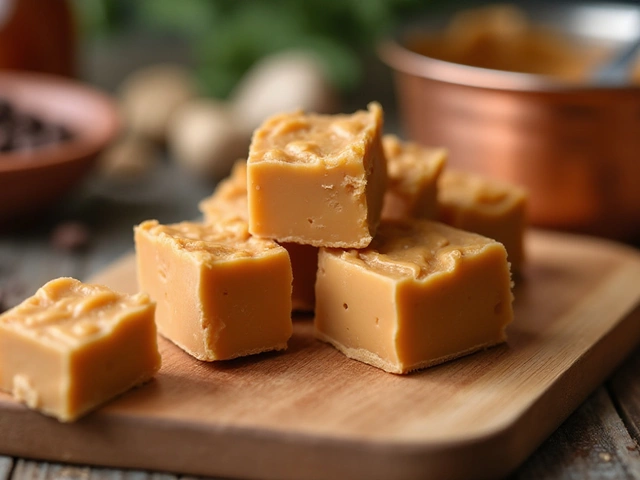Vegan Tips: Quick Tricks for Easy Plant‑Based Cooking & Baking
Going vegan doesn’t have to feel like a huge overhaul. Most of the time you’re just swapping a few ingredients or adjusting a technique. Below you’ll find the everyday shortcuts that keep your meals tasty, your desserts creamy, and your pantry simple.
Simple Swaps for Everyday Recipes
Start with dairy. Almost any recipe that calls for milk, cream, or butter can use a plant‑based alternative without changing the flavor profile too much. Unsweetened soy or oat milk works great in soups, sauces, and batters. For richer dishes, blend cashews with a splash of water – it mimics heavy cream in sauces and desserts.
Eggs are another common hurdle. A quick mix of 1 tablespoon ground flaxseed plus 3 tablespoons water sets in a few minutes and acts like a binder in muffins, pancakes, and cookies. If you need a leavening boost, replace each egg with ¼ cup unsweetened applesauce; it adds moisture and a light lift.
Honey? Skip it for maple syrup, agave nectar, or date paste. All three have the same sweetness level and keep your dishes 100 % vegan. When a recipe calls for cheese, crumble firm tofu and season it with nutritional yeast, lemon juice, and a pinch of salt – you get that salty, cheesy bite without dairy.
Vegan Baking Basics
Baking is all about structure, so pay attention to how you replace the usual binders. Besides flaxseed, chia seeds work the same way: 1 tablespoon chia + 3 tablespoons water creates a gel that holds batter together. For extra fluff, add a splash of carbonated water or a teaspoon of vinegar with baking soda – the reaction creates tiny air pockets.When it comes to flour, you don’t need to change much. Whole‑wheat, almond, or oat flour all behave similarly in most cakes and cookies. Just remember that gluten‑free flours can make baked goods crumbly, so blend a bit of xanthan gum (¼ teaspoon per cup of flour) to keep the texture cohesive.
Chocolate lovers, rejoice: use good quality dark chocolate that’s labeled “dairy‑free.” Melt it slowly over a water bath and stir in a dash of coconut oil for a glossy finish. This trick turns any vegan brownie into a fudgy masterpiece.
Read the labels. Some “vegan‑friendly” products still contain hidden animal ingredients like whey or casein. Look for certified vegan logos or check the ingredient list for dairy, egg, or honey references.
Saving money while staying vegan is easier than you think. Buy beans, lentils, and grains in bulk, and keep frozen vegetables on hand for quick stir‑fries. A handful of frozen berries can replace fresh ones in smoothies or desserts without sacrificing flavor.
Finally, don’t be afraid to experiment. The posts on this page cover everything from “Is Tahini Really Vegan?” to “Level 5 Vegan” living, so you’ll find deeper dives whenever you need them. Try one tip today, see how it works, and build your own vegan kitchen toolkit one small change at a time.

Why Some Fruits Aren't Vegan: Surprising Truths
Though fruits are generally considered essential for a vegan diet, not all are as straightforwardly vegan as one might think. Some fruits are treated with non-vegan waxes and other substances to extend their shelf life, making them unsuitable for strict vegans. This article explores why certain fruits might not fit vegan criteria, including the role of animal-derived ingredients. Discover how to identify vegan-friendly fruits and make informed choices for your plant-based lifestyle.
View More




